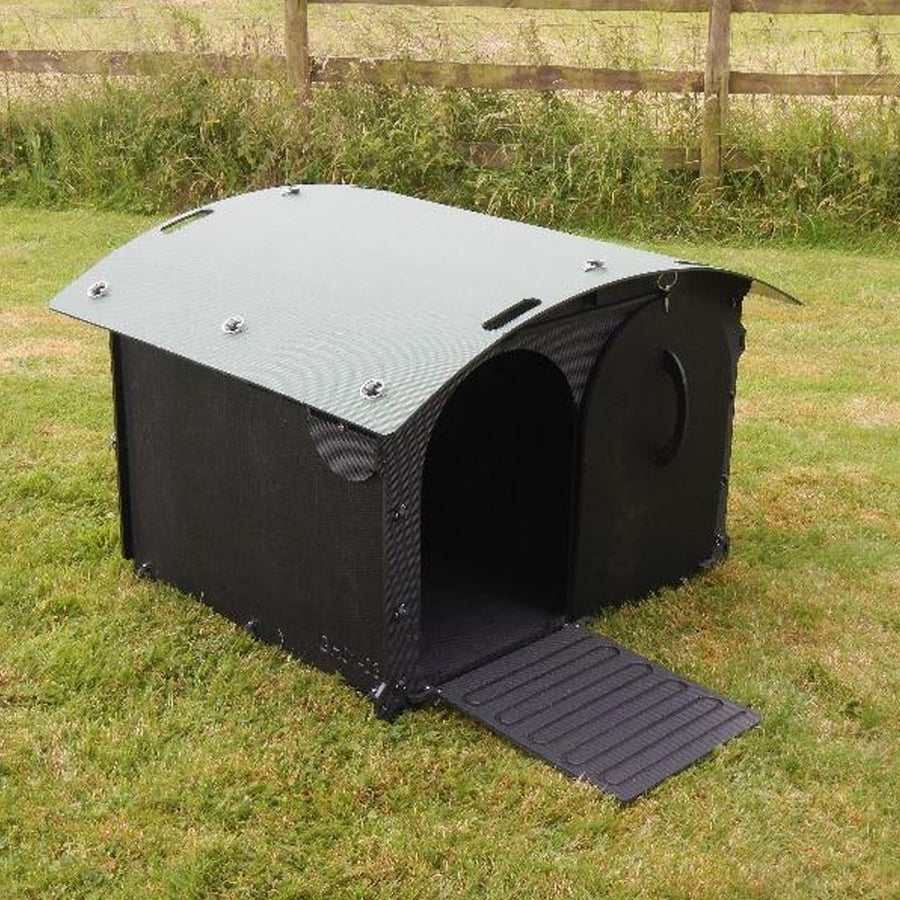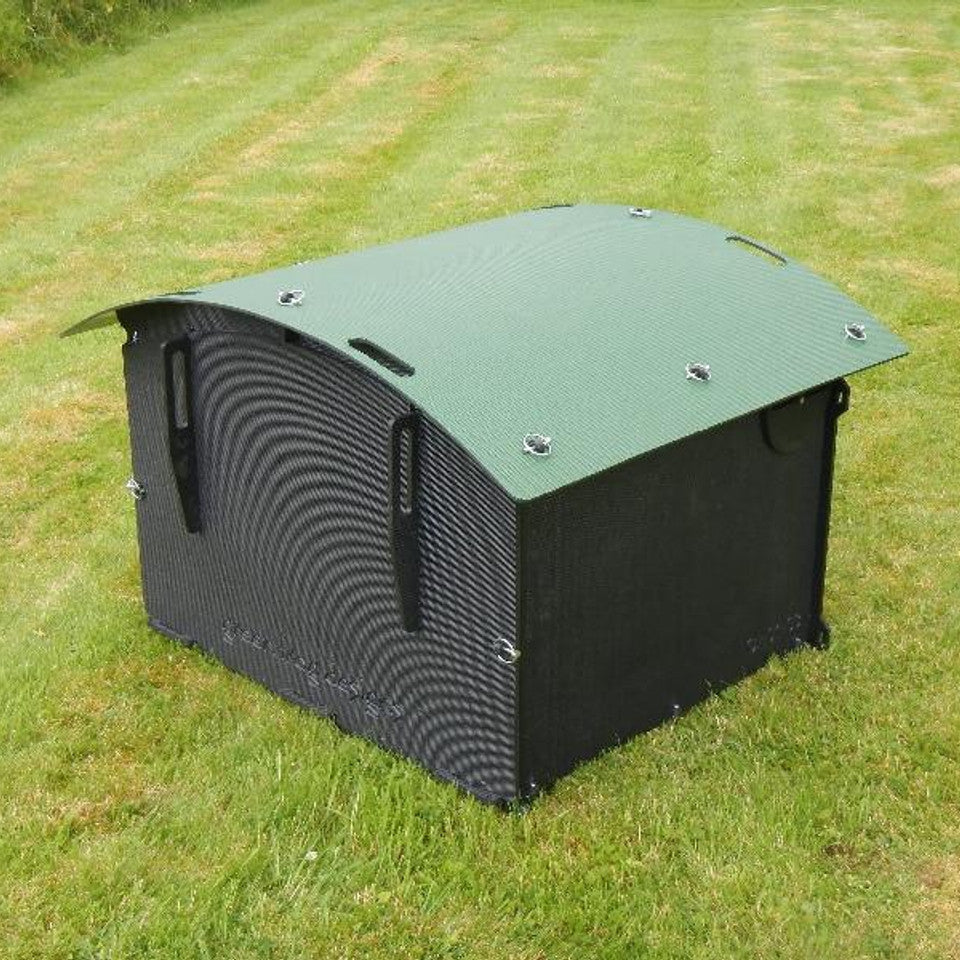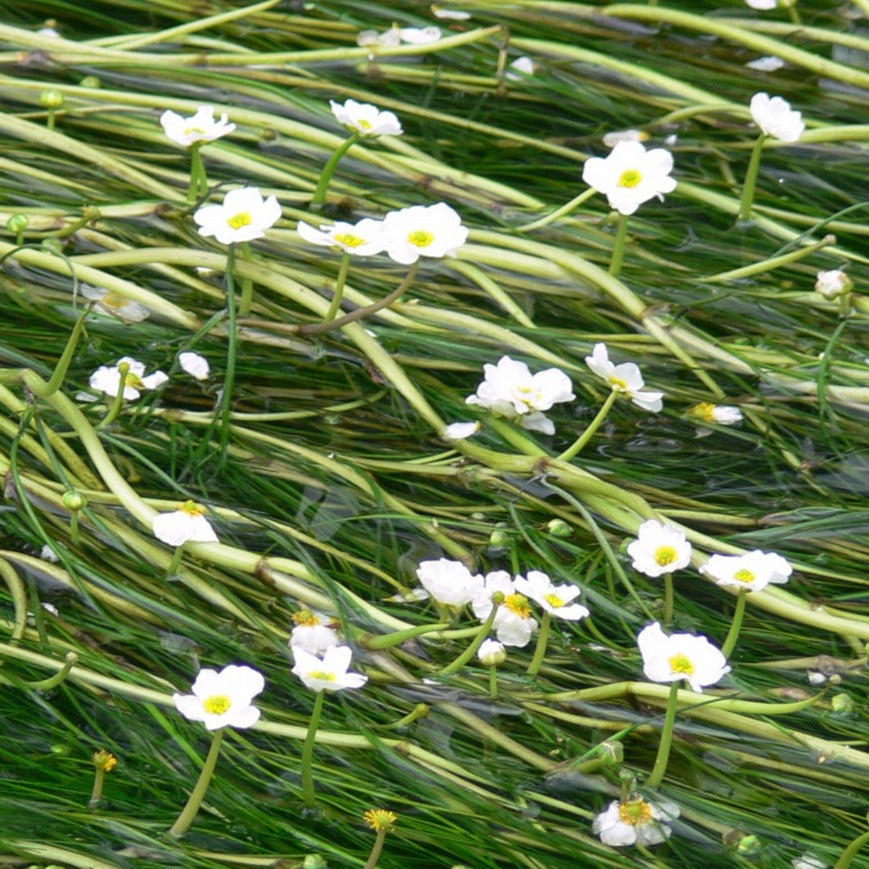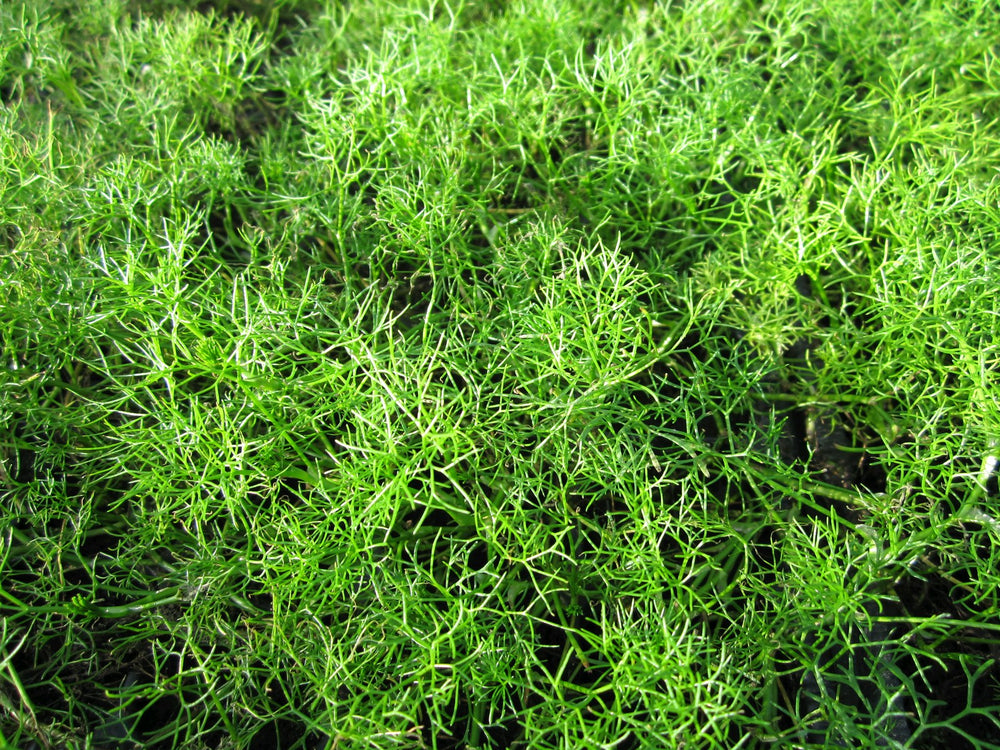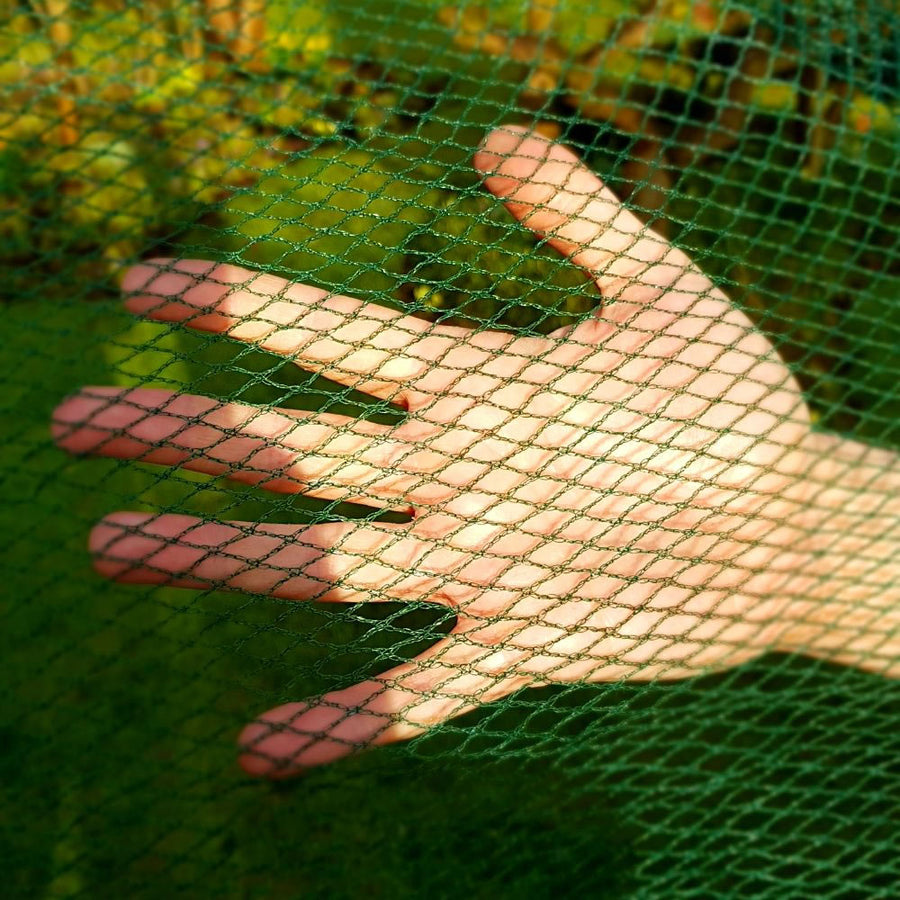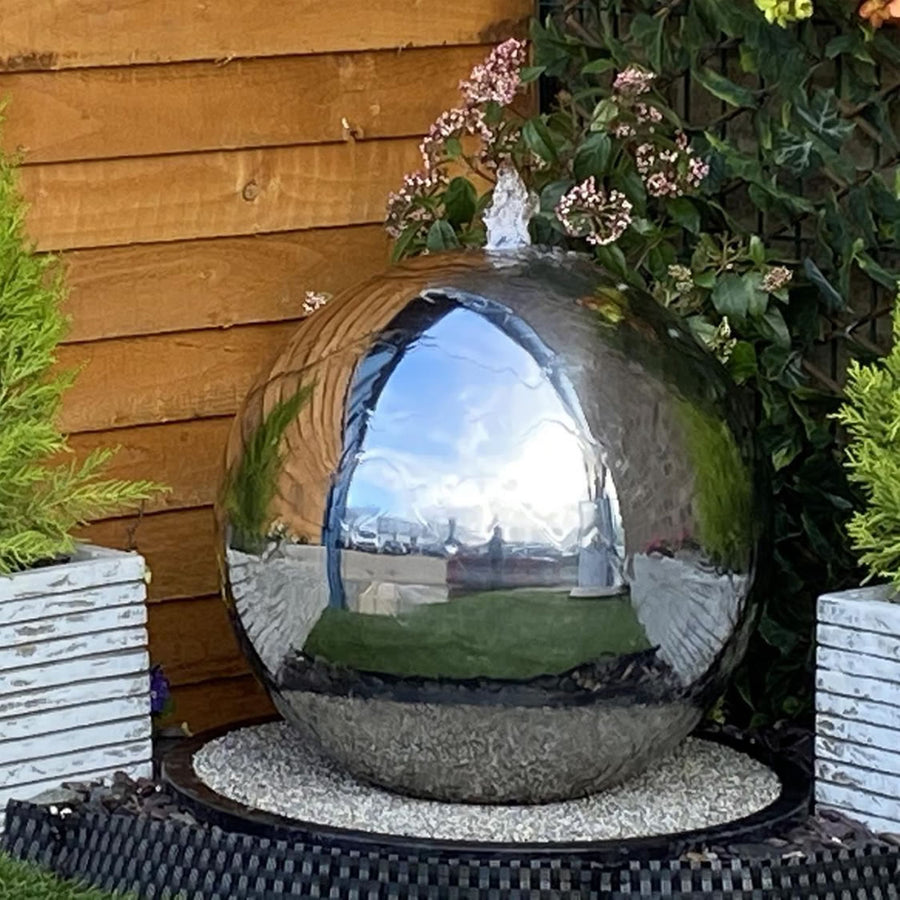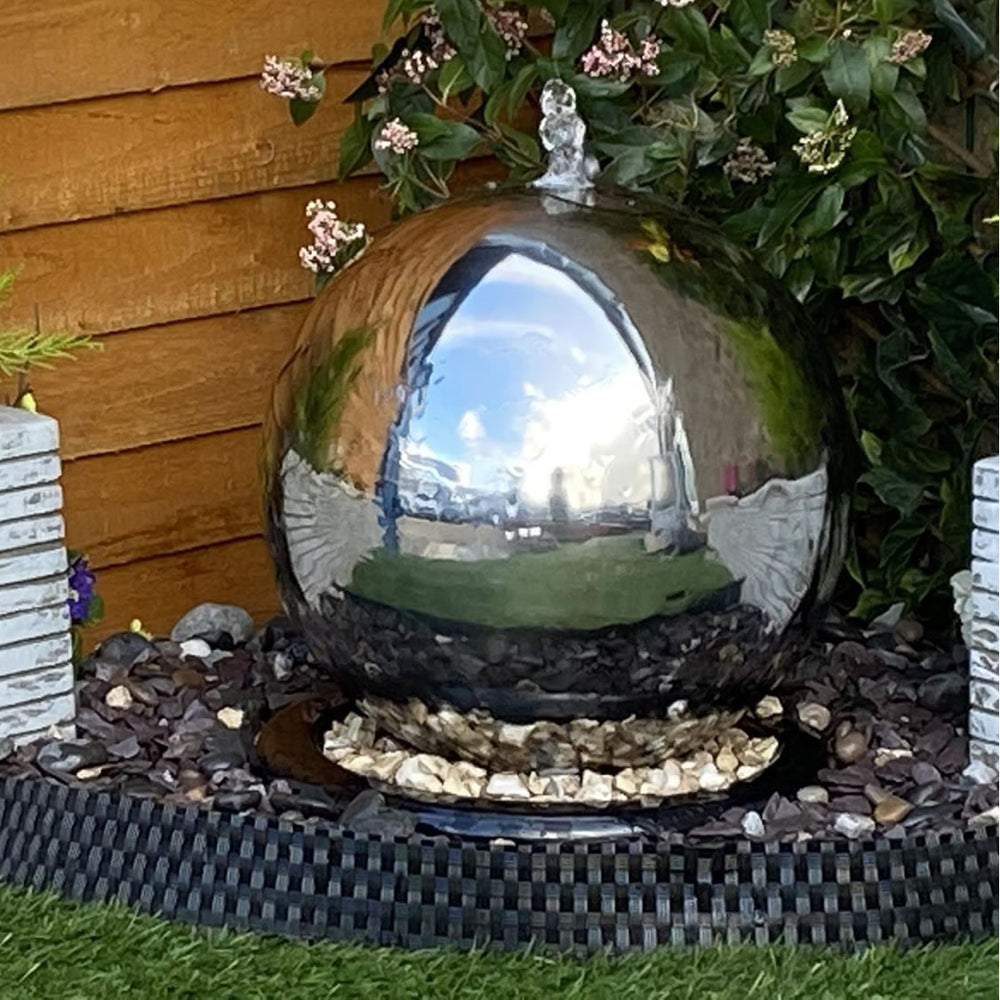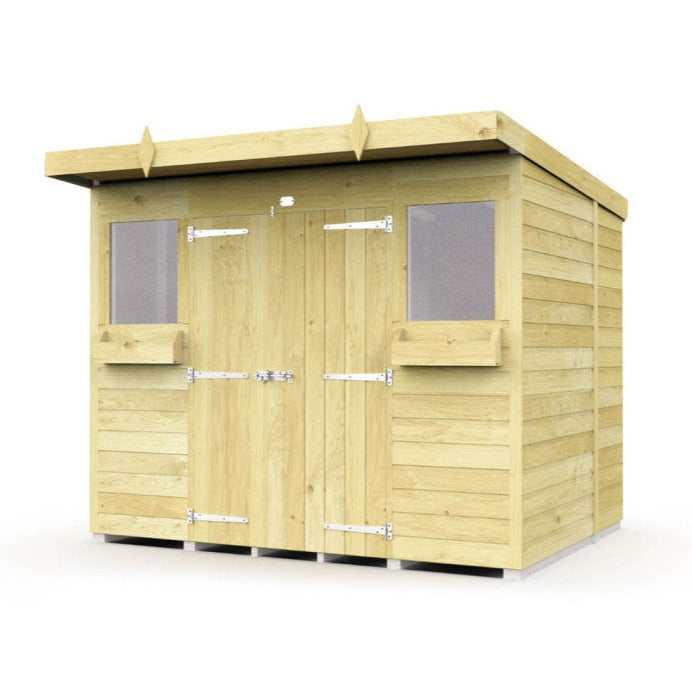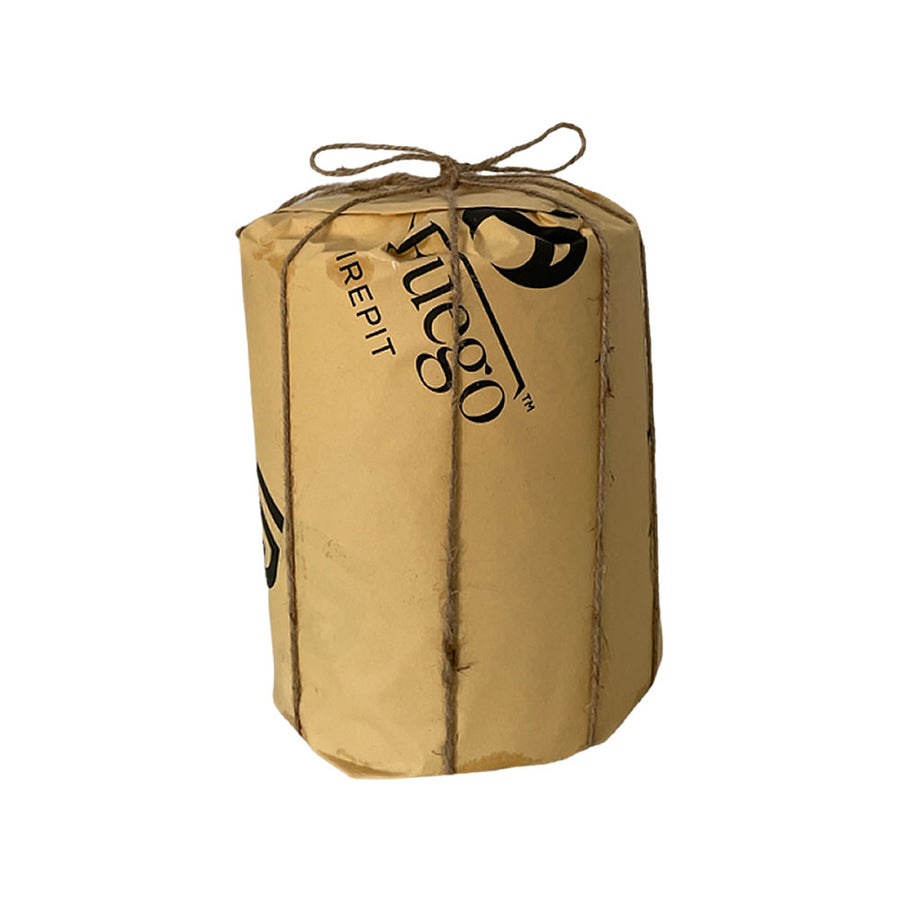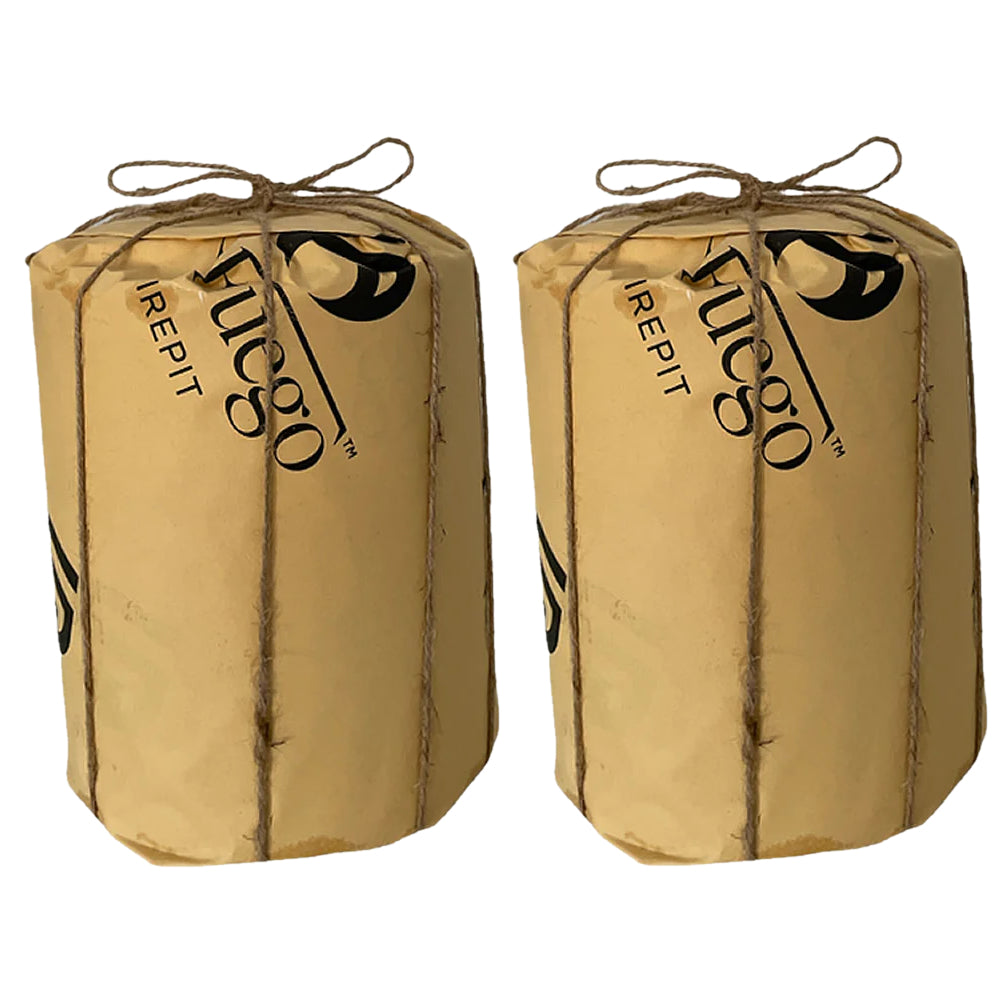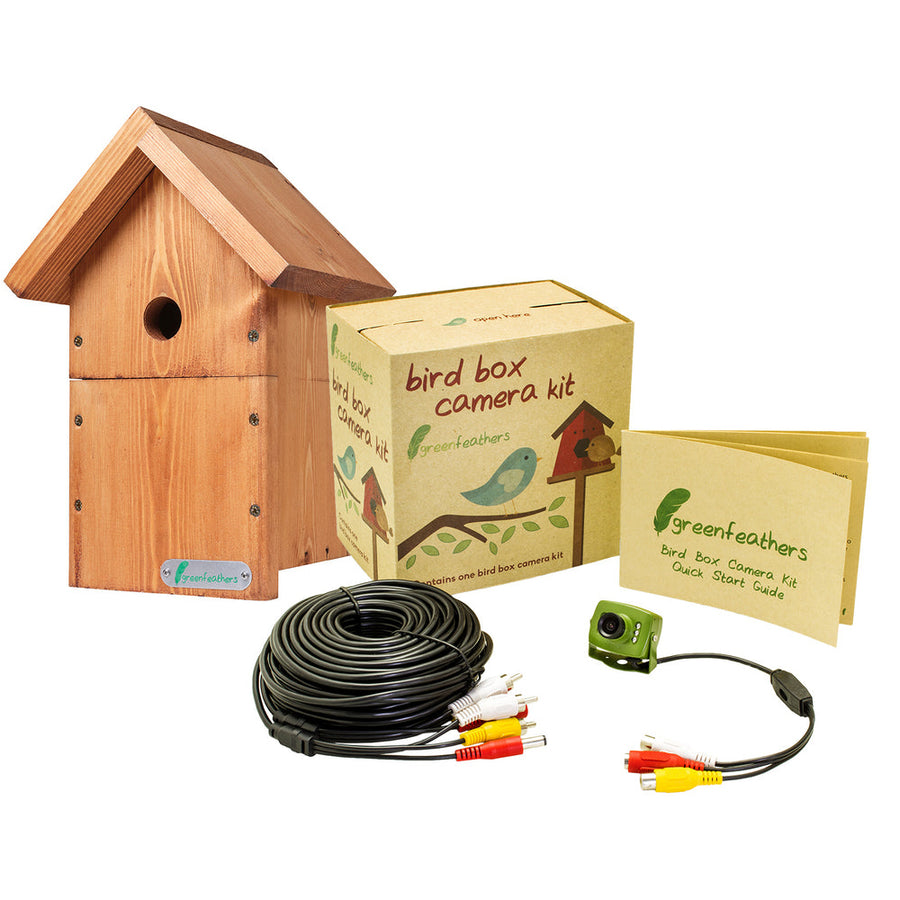How to Get Rid of Aphids: 3 Effective Methods for a Healthy Garden

Wondering how to get rid of aphids without harming your garden? There are a number of effective biological methods, from simple water sprays to natural remedies that won’t harm pollinators or beneficial bugs. These tiny sap-sucking pests might be small, but they can do major damage - curled leaves, sticky residue, and stunted growth are all signs they’ve made themselves at home.
If you enjoy caring for your plants, it’s only normal to want to protect them. In this post, we’ll show you how to spot aphids early, treat infestations the natural way, and keep your garden healthy and thriving all season long.
Identifying Aphids
Aphids are small, sap-sucking insects that can quietly cause a lot of trouble in your garden. They feed on leaves, stems, and flower buds, leaving plants looking wilted or sticky and slowing their growth. Knowing what to watch out for and understanding a bit about the different types of aphids and how they grow, makes it much easier to spot them early and take action before they spread.
Types of Aphids in the UK

You’ll find several types of aphids across UK gardens and they each have their favourite plants:
-
Greenfly and blackfly are the most common and easy to spot.
-
Greenfly are usually a soft, pale green, while blackfly appear dark brown or black.
-
You might also come across cabbage aphids, rose aphids, potato aphids, and even pink, grey, or yellow varieties.
-
Each species tends to go for certain plants - rose aphids target roses, cabbage aphids go for brassicas, and black bean aphids love broad beans.
-
If your garden is home to a mix of plants, you might see more than one type of aphid at a time.
Spotting which kind you’re dealing with can help you choose the most effective way to treat them.
Life Cycle and Behaviour
Aphids have a surprisingly fast-paced and complex life cycle. In spring and summer, many can give birth to live young (aphid larvae) without mating, allowing colonies to grow rapidly in just a few weeks. Most start off wingless, but when plants become overcrowded, some develop wings and fly off in search of fresh feeding spots.
Using their needle-like mouthparts, they pierce soft plant tissue to drink the sap, often weakening the plant in the process. Given the right conditions, several generations can appear in a single season, which is why acting early makes all the difference. As autumn arrives, some aphid species lay overwintering eggs on host plants, often a tree or shrub. In spring, the eggs hatch, and the aphids feed on the tender young foliage.
3 Natural Ways to Control Aphids
Keeping aphids under control doesn’t have to mean reaching for chemicals. There are plenty of safe, nature-friendly methods that protect your plants while supporting garden biodiversity.
-
Encourage Natural Predators

Ladybirds, lacewings, and hoverflies are your garden’s best line of defence against aphids. These insects feed on aphids at every stage of life. You can attract aphid predators by planting nectar-rich flowers like marigolds, daisies and yarrow near affected areas.
Leaving wild corners or patches of flowering plants also gives these helpful bugs places to shelter and breed. Avoid using broad-spectrum sprays, which can harm them. If numbers are low, you can even introduce beneficial insects like ladybird larvae or lacewing eggs, which are available to purchase.
-
Biological Pest Control
For a more targeted and sustainable solution, try biological pest control. Aphidius colemani and Aphidius ervi are tiny parasitic wasps that control aphids naturally by laying their eggs inside them. These specialist predators don’t sting or damage plants, and they work well in gardens, greenhouses, conservatories, or covered areas.
Once established, they create a long-term balance by keeping aphid populations down without the need for sprays. These are available as live cultures from trusted wildlife gardening suppliers.
-
Remove Aphids by Hand
If you spot just a few aphids, removing them by hand is a fast and easy fix. Gently squash or wipe them off with your fingers or gloves. A sharp blast of water from a garden hose can help knock off larger numbers.
Keep a close eye on young shoots and the undersides of leaves, aphids love to hide there. If a section is heavily infested, pruning it off and binning it (not composting) helps stop the problem spreading.
Preventative Measures for Aphid Control

A few thoughtful choices in your planting plan can help prevent aphids from becoming a problem in the first place. Companion planting is a simple, natural method where certain plants are used to repel aphids or attract their predators. By mixing these plants into your garden beds, you create a more balanced space that’s less appealing to pests.
Try these ideas to get started:
-
Plant nasturtiums around the edges of your veggie beds - aphids often gather here, away from your main crops.
-
Use marigolds as borders. Their scent may deter aphids, and they also attract hoverflies.
-
Grow herbs like basil, mint, and coriander between vegetables to confuse pests with their strong scents.
-
Add lavender or chives near roses and beans. Lavender attracts hoverflies and ladybirds, while chives give off a smell aphids dislike.
With a little planning, you can reduce the risk of infestation and support a healthy garden ecosystem.
How to Get Rid of Aphids on Roses

Aphids are more likely to attack weak or stressed plants, so keeping your roses healthy is one of the best natural defences. Start by choosing rose varieties that suit your soil and sunlight conditions. Regular watering, good spacing, and using balanced fertilisers will help your plants grow strong and less attractive to pests. Avoid high-nitrogen feeds, as they encourage soft new growth that aphids love.
To keep aphids away from your roses:
-
Prune overcrowded or damaged stems to improve air circulation and limit hiding spots.
-
Remove nearby weeds, which can harbour aphids and other pests.
-
Inspect regularly in spring and summer, especially around young shoots and buds.
-
Knock off small infestations with a sharp blast of water or wipe them away by hand.
Healthy rose bushes are far less inviting to aphids, and better able to bounce back if they do arrive!
Best Practices for Garden Management

To keep aphids at bay year after year, it helps to tune into your garden’s natural rhythm. A healthy, balanced space gives your plants the best chance to stay strong and largely pest-free.
Seasonal Monitoring
Aphids are quick to appear in early spring, so it’s wise to start checking plants as the weather warms. Pay close attention to the undersides of leaves and around new shoots, especially on soft, fast-growing plants. Weekly inspections through the growing season can help you catch any issues early. Keeping a simple garden diary or using an app to track when and where aphids show up allows you to plan ahead.
Environmental Considerations
The way your garden is managed has a big impact on whether aphids thrive. Feed your plants with balanced nutrients to help them grow strong and resilient. Creating a biodiverse garden by mixing flowers, herbs, and vegetables helps confuse pests and attracts beneficial insects.
Try planting onions, garlic, or sage near crops that usually suffer from aphids. Watering in the morning and allowing good airflow between plants also discourages the damp, warm conditions that aphids enjoy. For young plants, horticultural fleece can offer simple early-season protection while still allowing light and air through.
Wrapping Up

Aphid damage can be frustrating, but you don’t need harsh chemicals to take back control. By welcoming natural enemies like ladybirds and using biological controls where needed, you’ll reduce infestations and support your garden’s health. A well-balanced garden not only limits aphid outbreaks, it helps everything grow better.
At Garden Wildlife, we’re big believers in working with nature, not against it. Our pest control solutions are garden-safe and wildlife-friendly. Contact us if you need a hand choosing the right approach, we’re always happy to help.
Frequently Asked Questions
Are chemical sprays safe for controlling aphids?
They can work, but many also harm helpful insects. If you’re using chemicals, we recommend insecticidal soaps, neem oil, or pyrethrin, but use them safely, sparingly and with care. Never spray if it is windy or before rain - this will spread chemicals and reduce their effectiveness.
Can I use a homemade spray to control aphids?
Yes, a mild liquid soap and water mix works well, but test it on a few leaves first and reapply every few days as needed. You can add a little vegetable oil to the spray for extra effectiveness as it helps the solution stick to the bugs.
What measures can be taken to prevent aphids on indoor plants?
Check leaf surfaces weekly for aphid eggs or honeydew, as aphids secrete this. You can wipe affected plants with a damp cloth or use soapy water in a spray bottle. Healthy, well-spaced non-woody plants are less likely to attract aphid colonies.
What are the common reasons for an aphid infestation in gardens?
Over-fertilised or overcrowded plants attract most aphids, especially on tender new growth, and warm, dry weather encourages eggs to hatch. Colonies grow quickly in this climate. Also, lack of aphid predators like lady beetles or hoverfly larvae allows infestations to spread.


